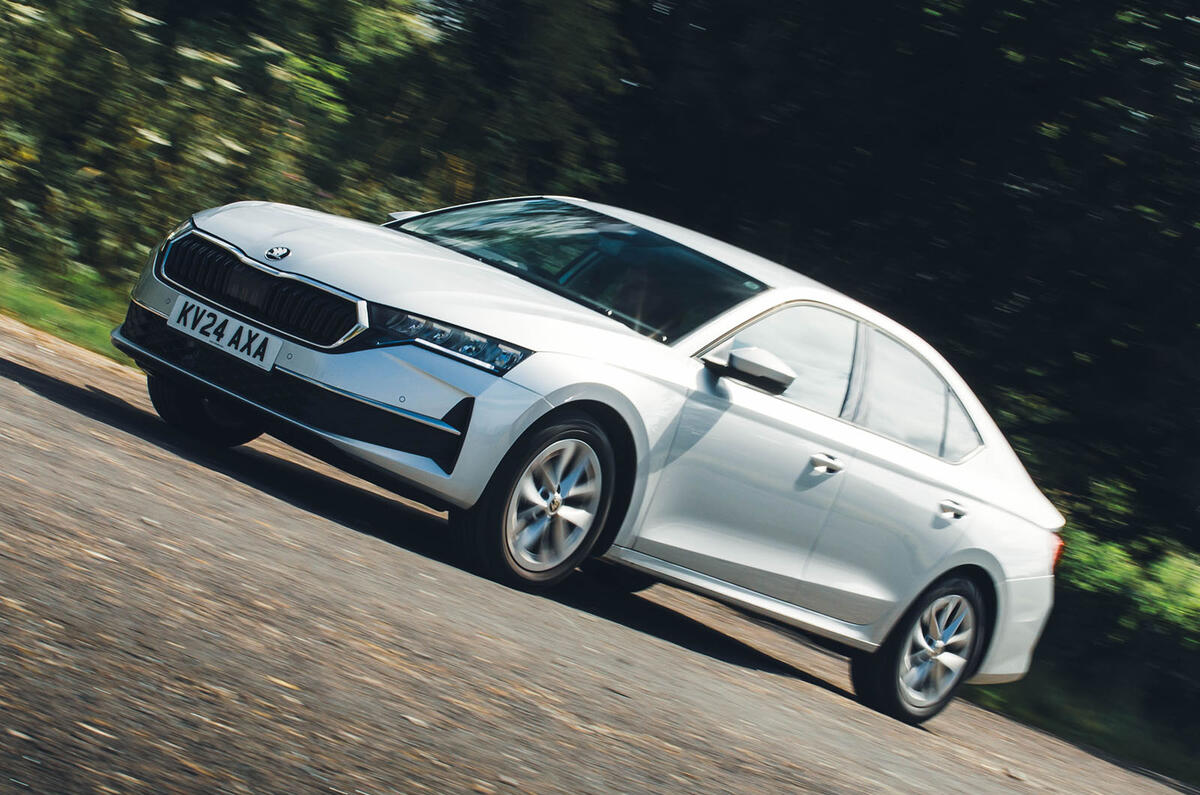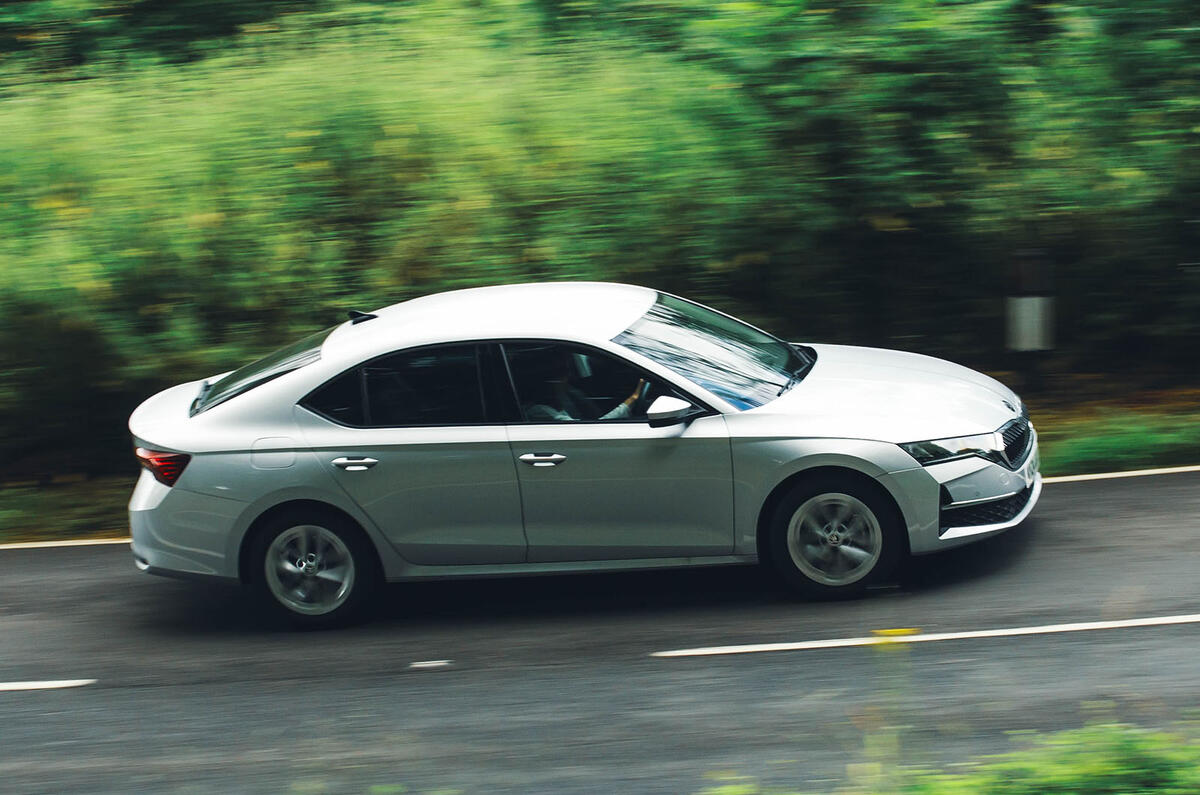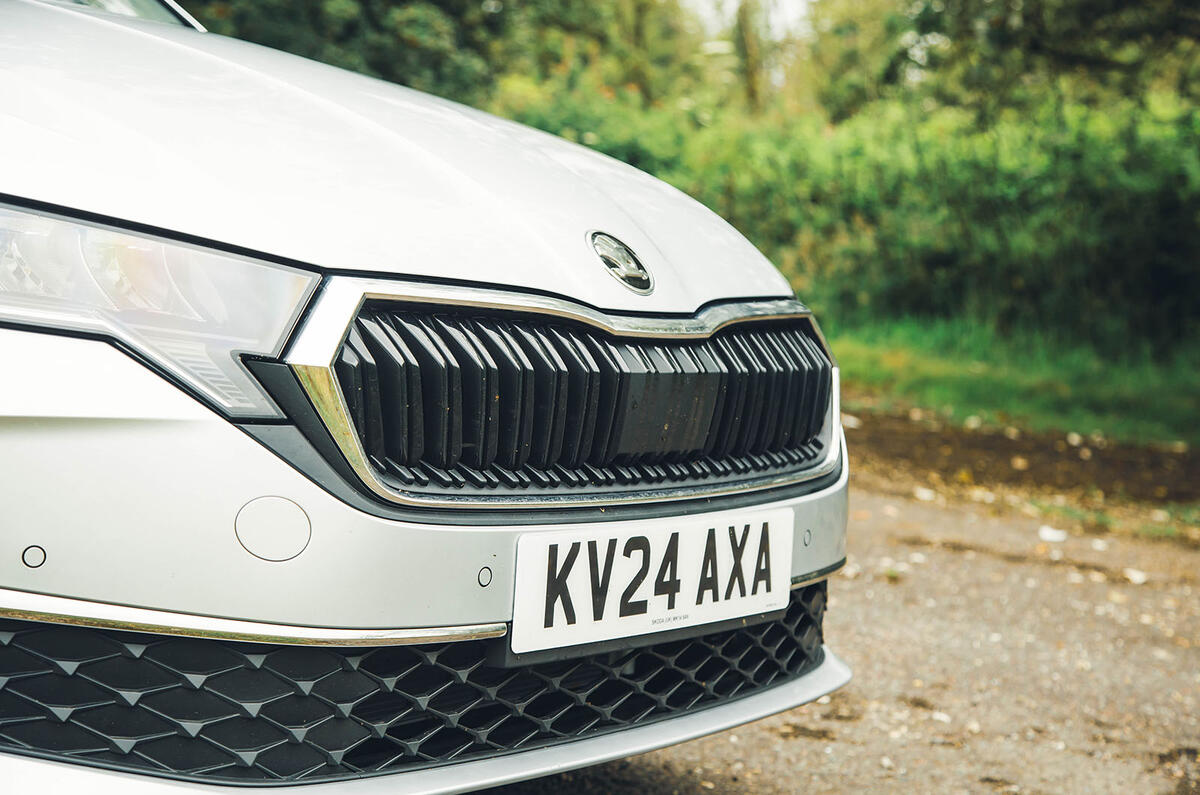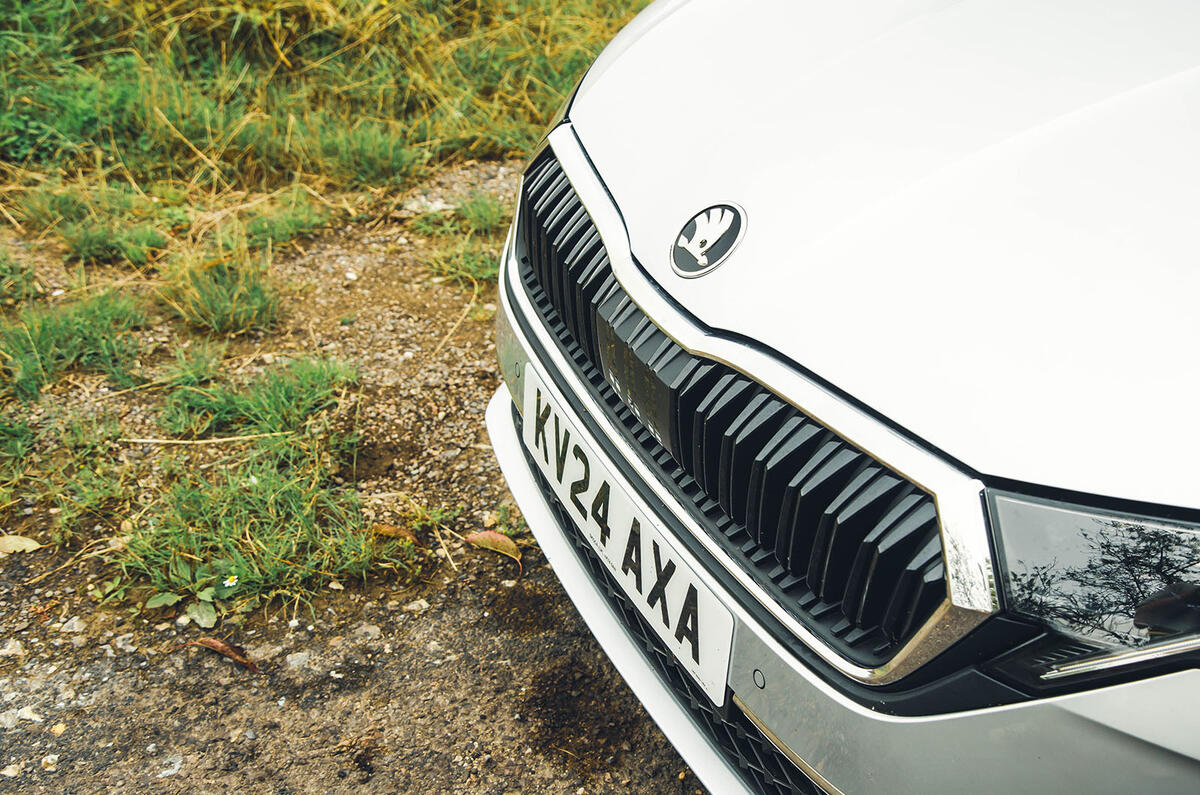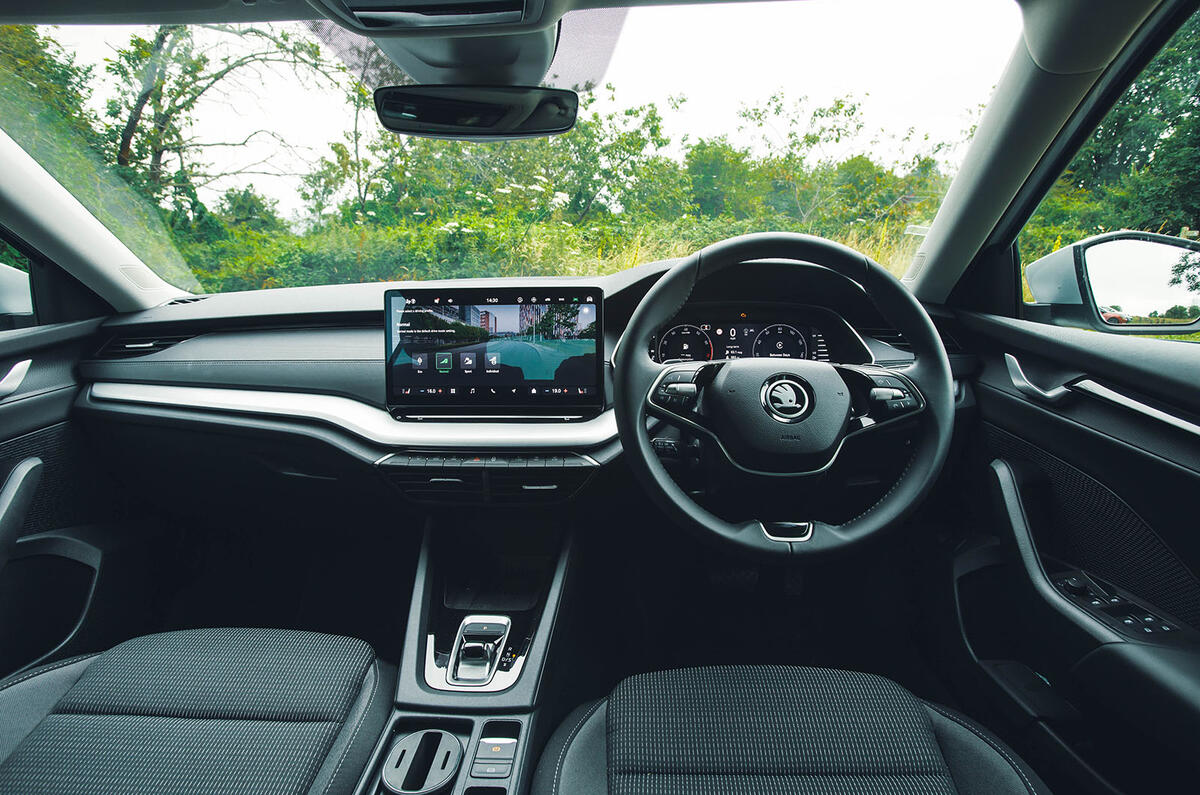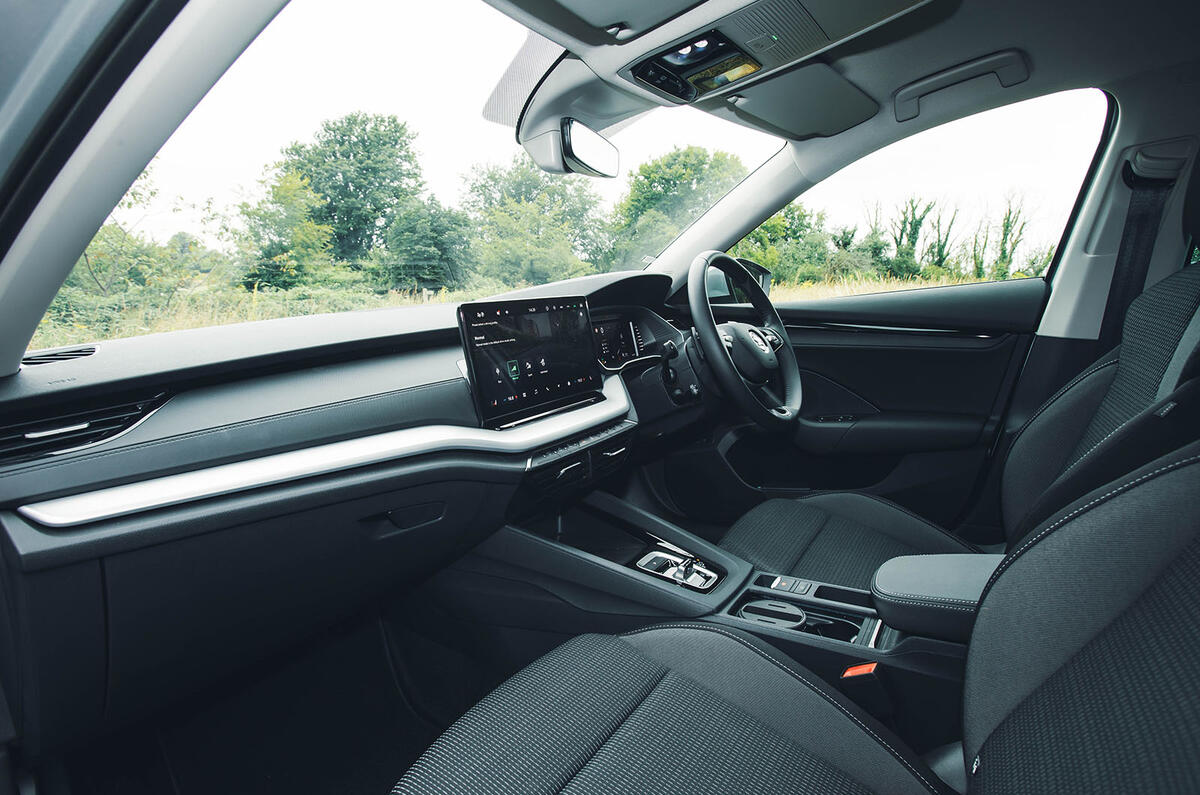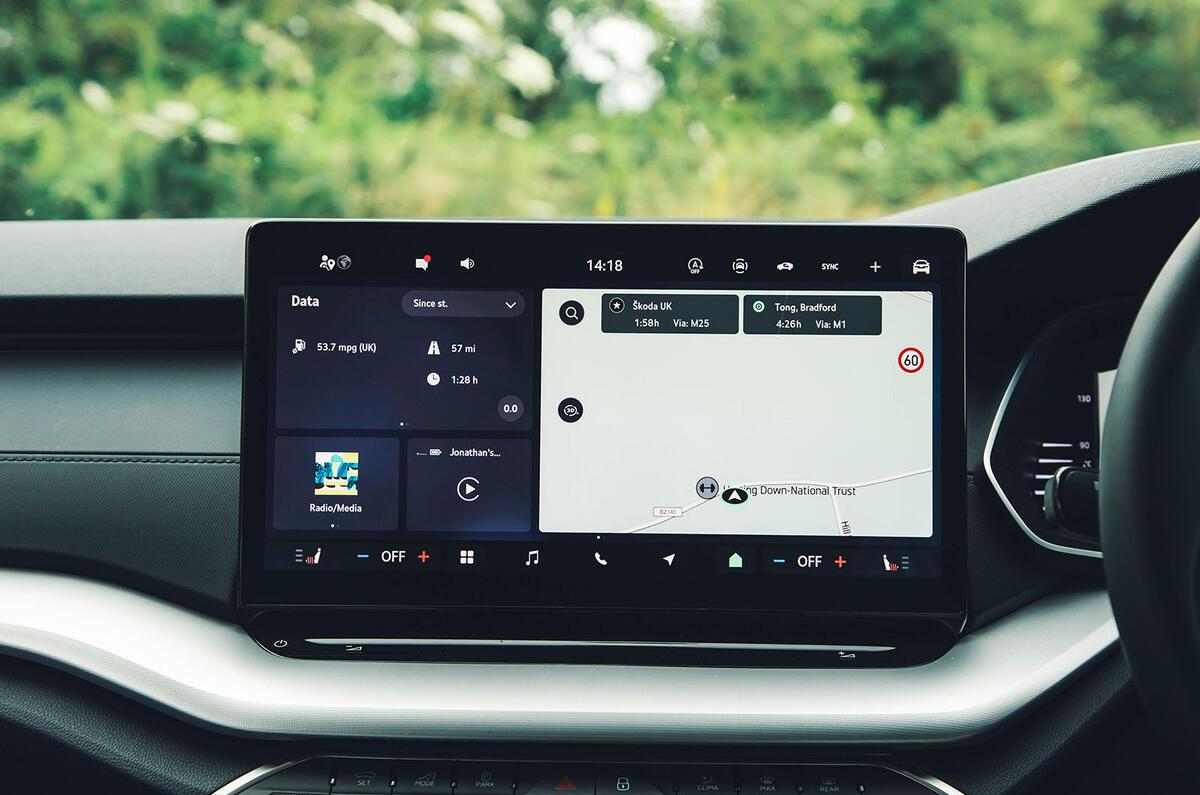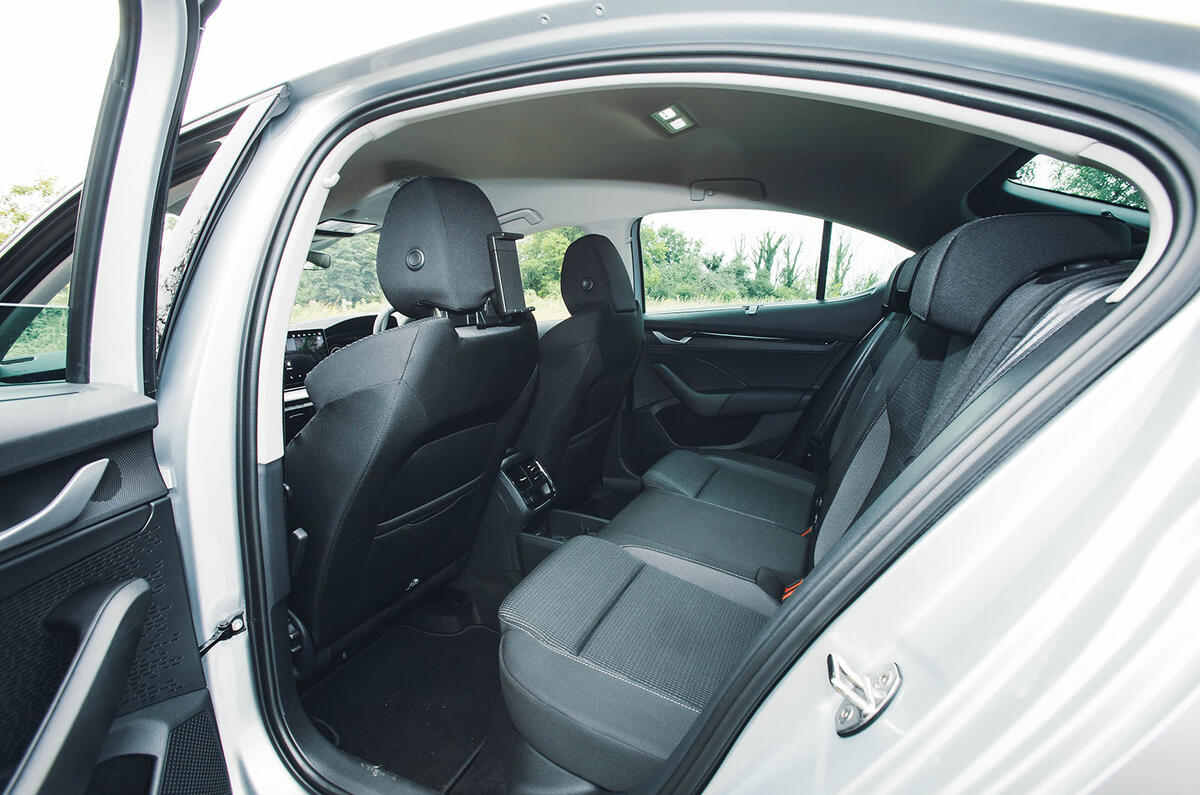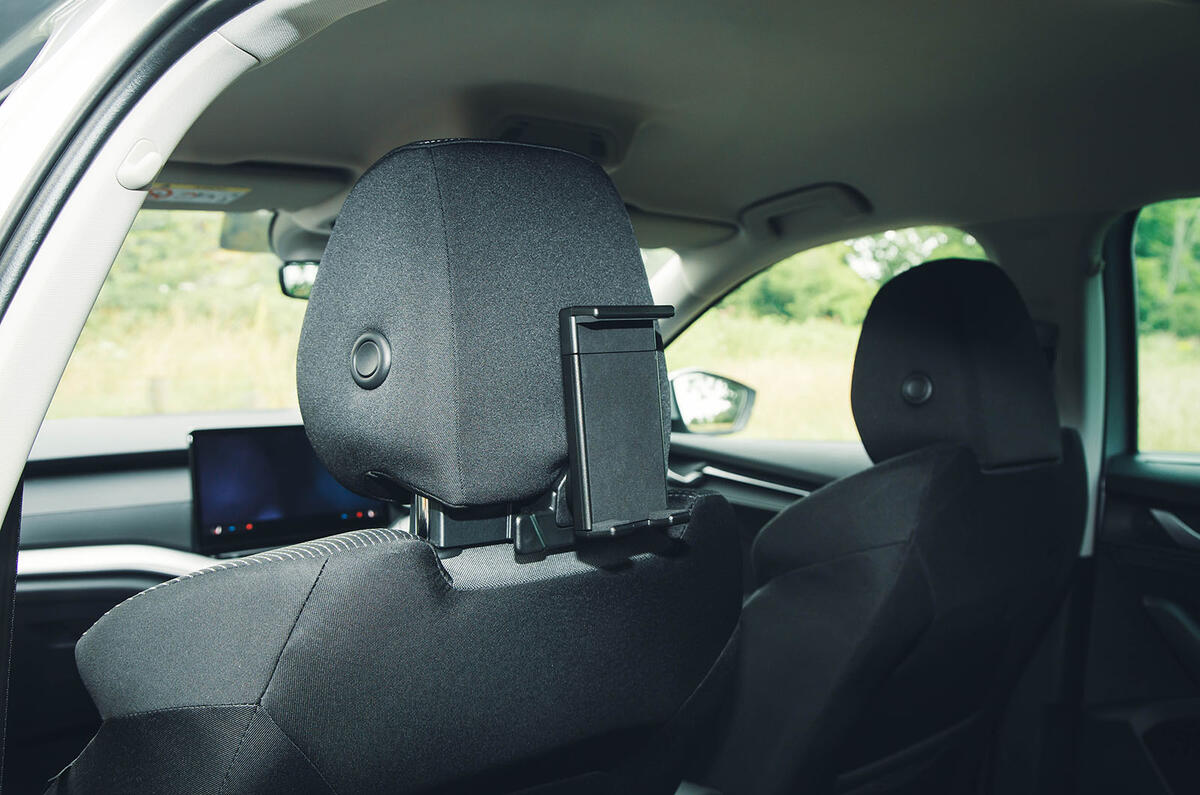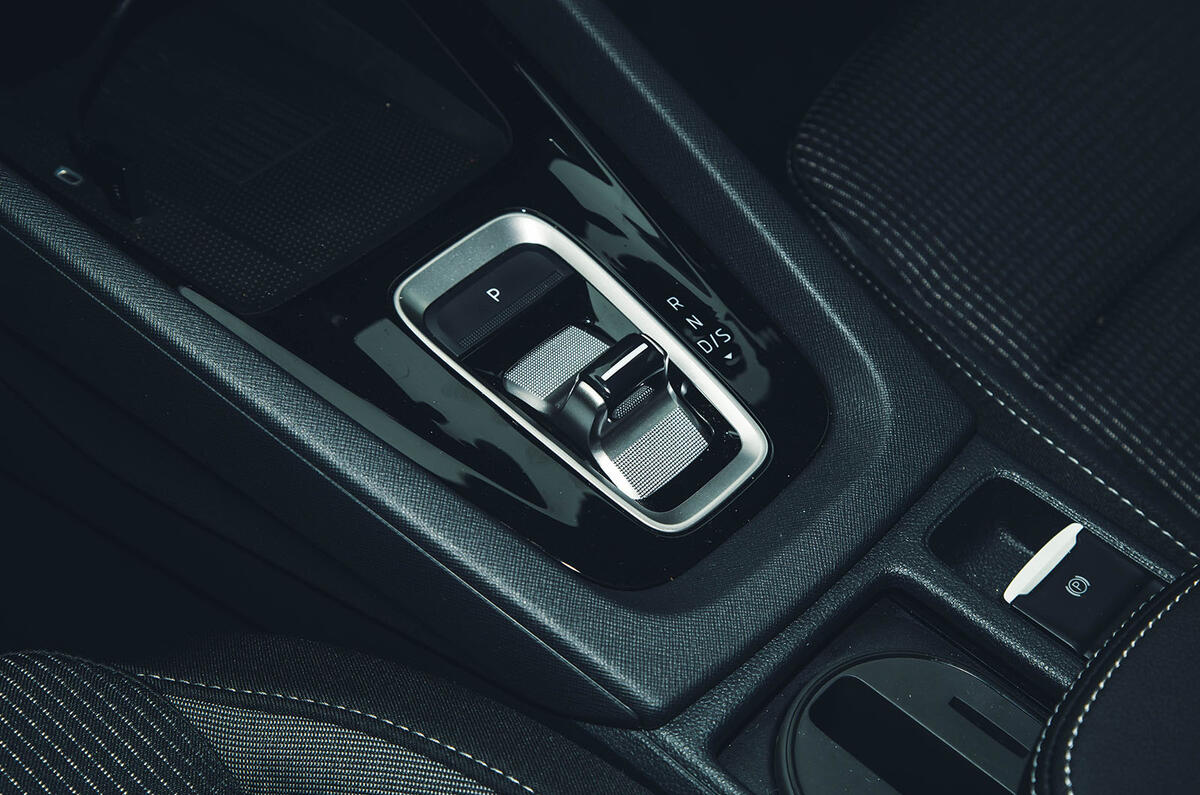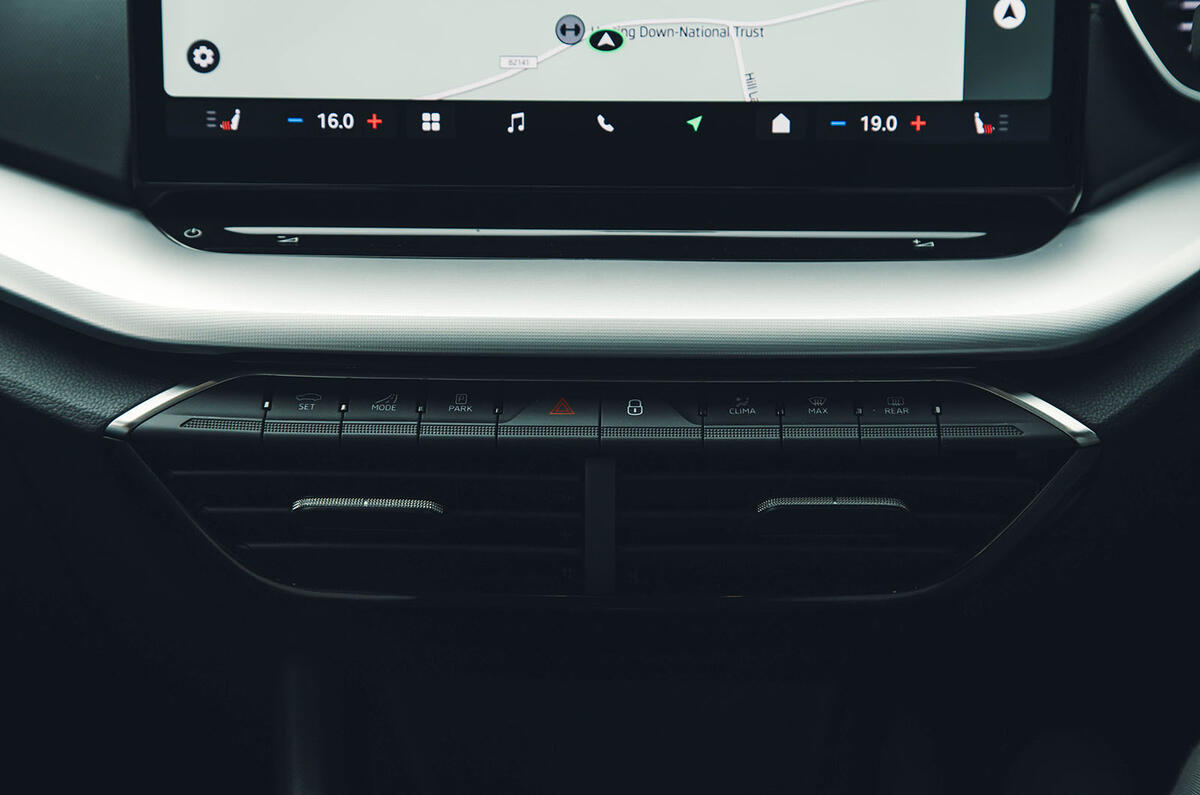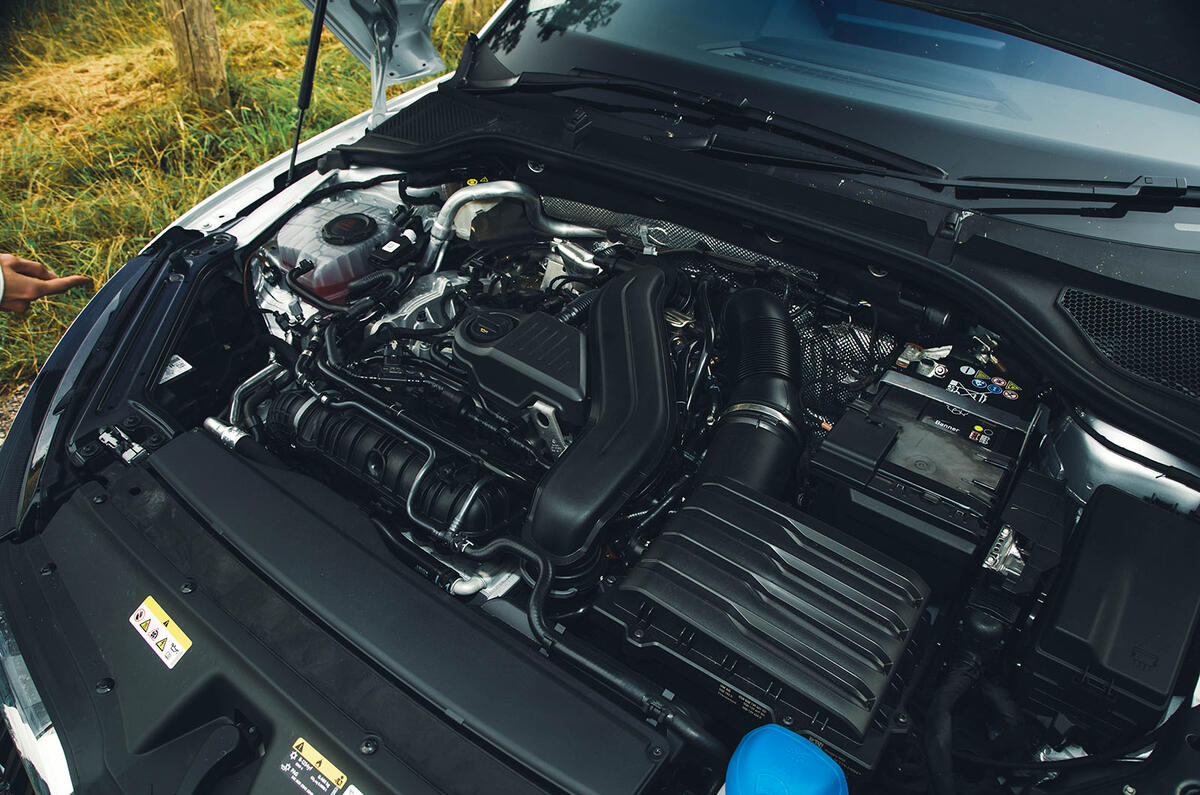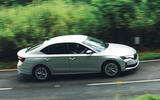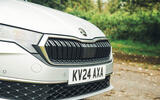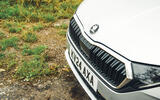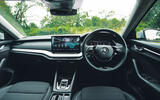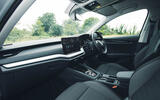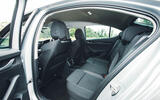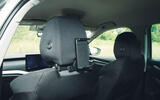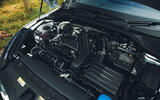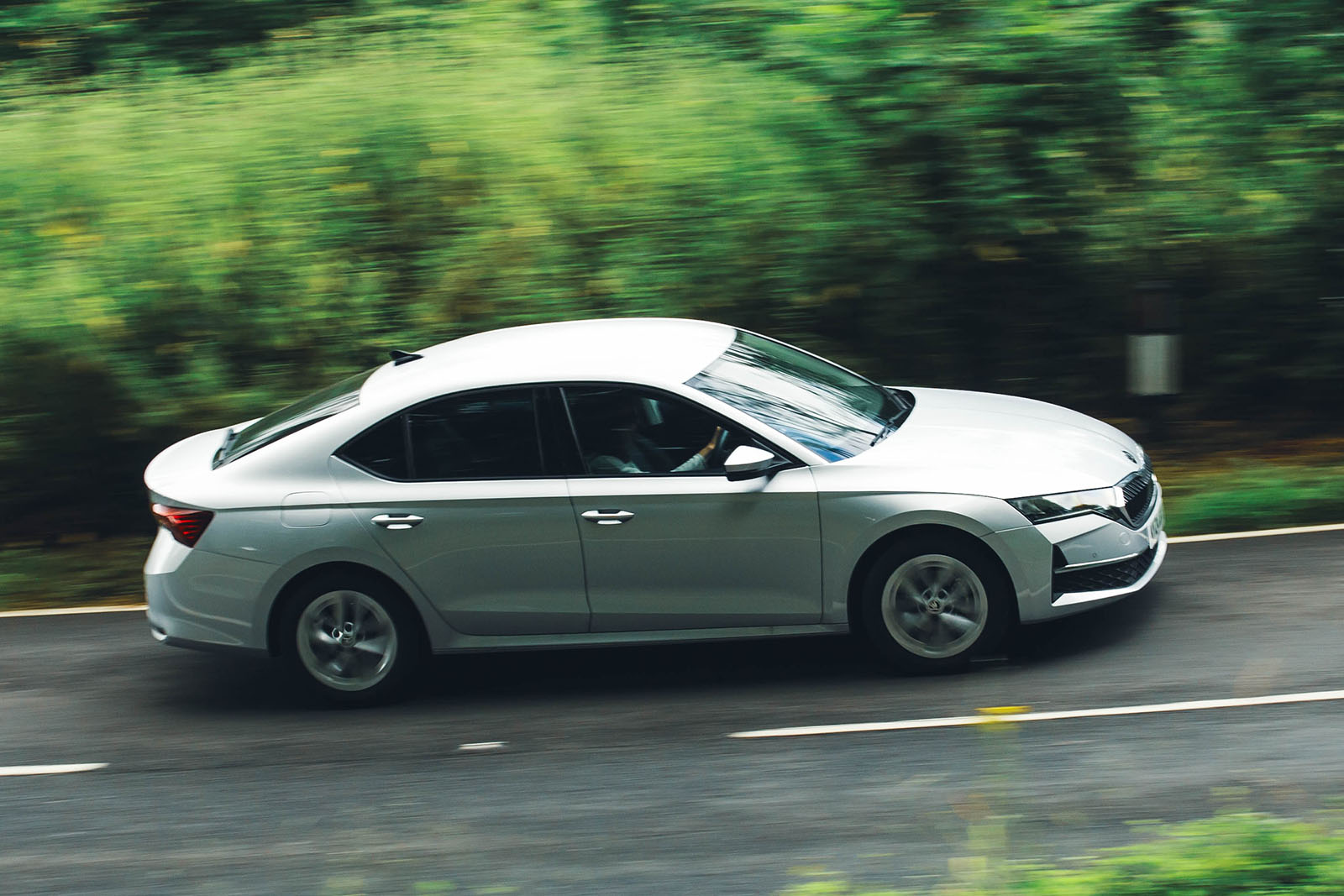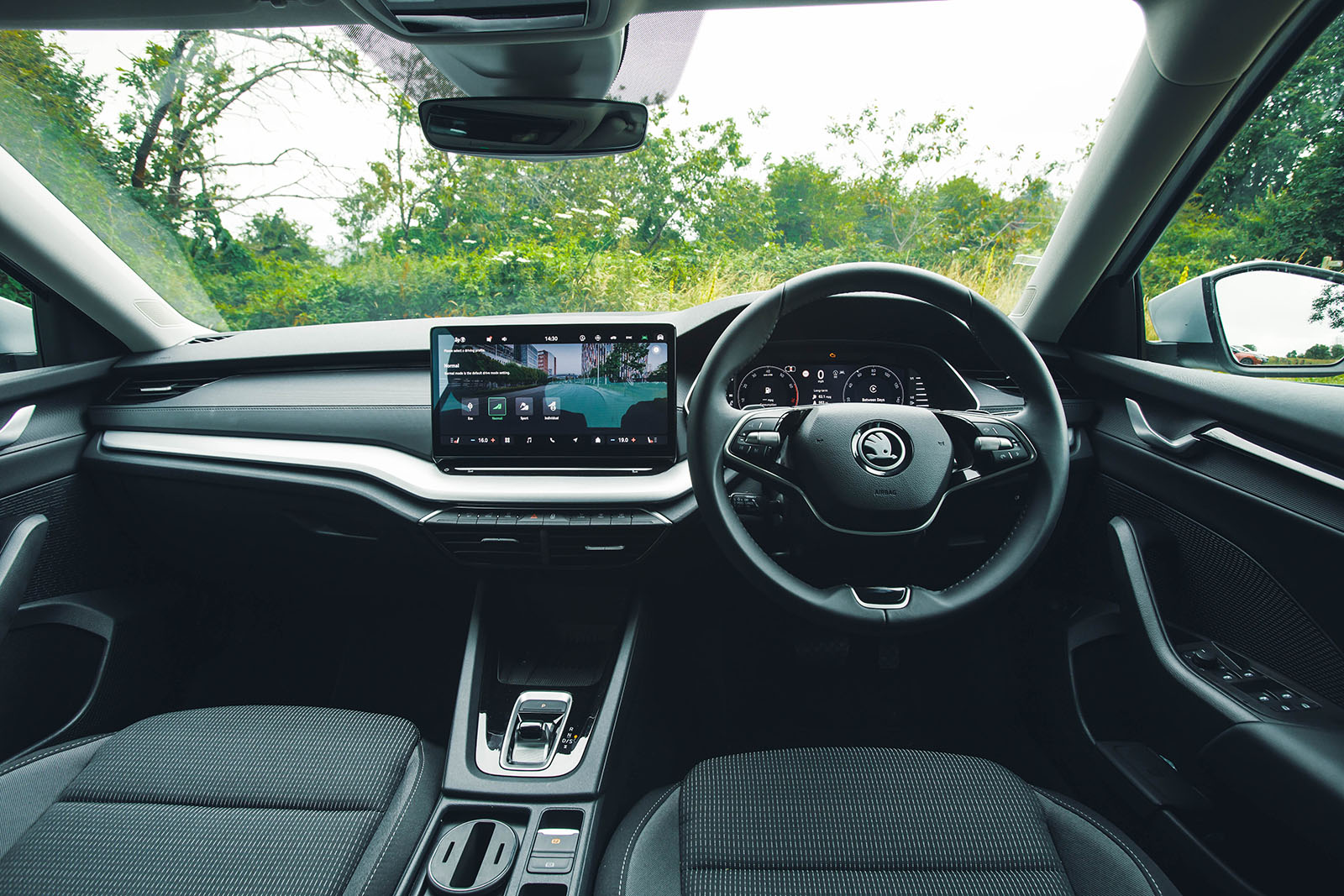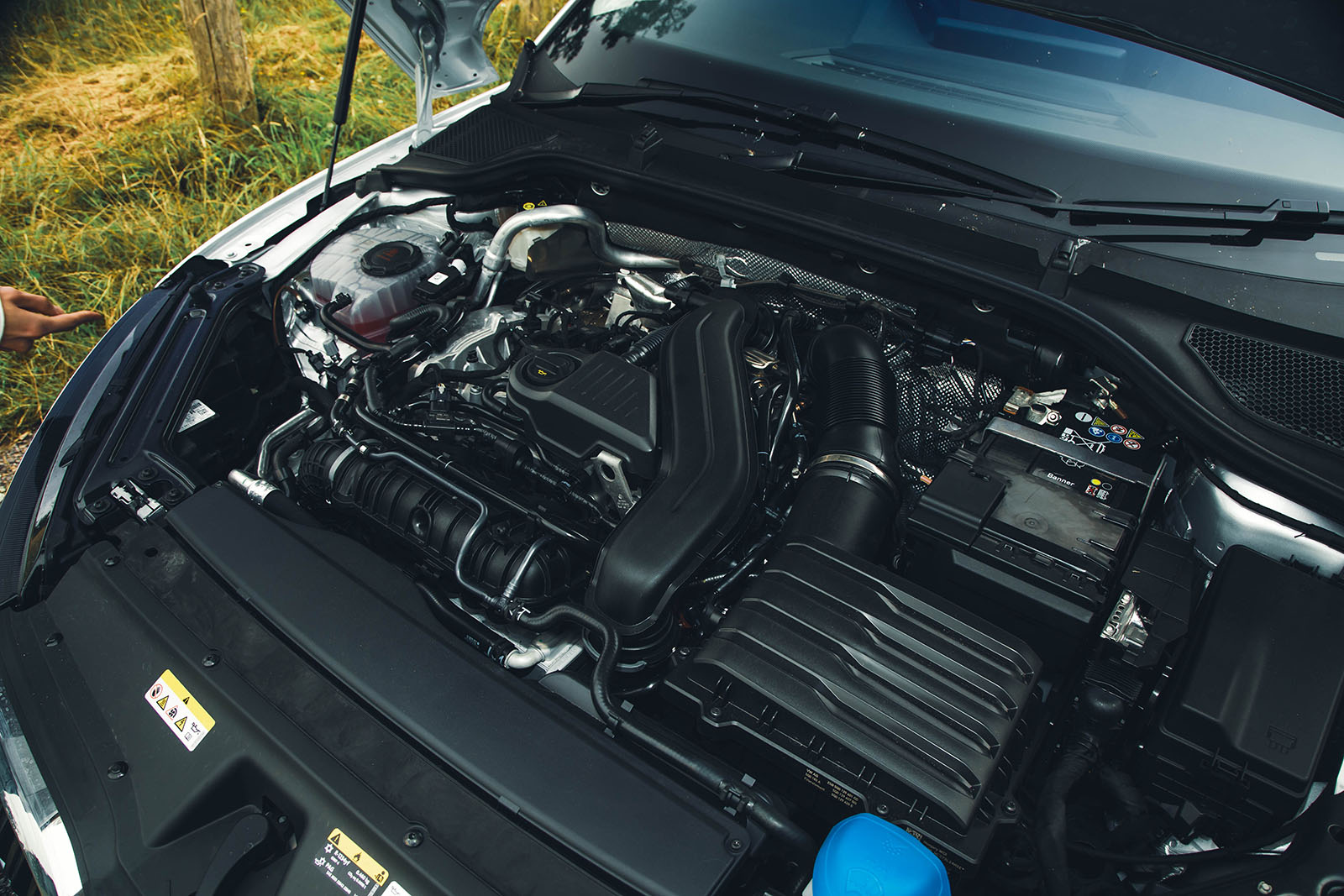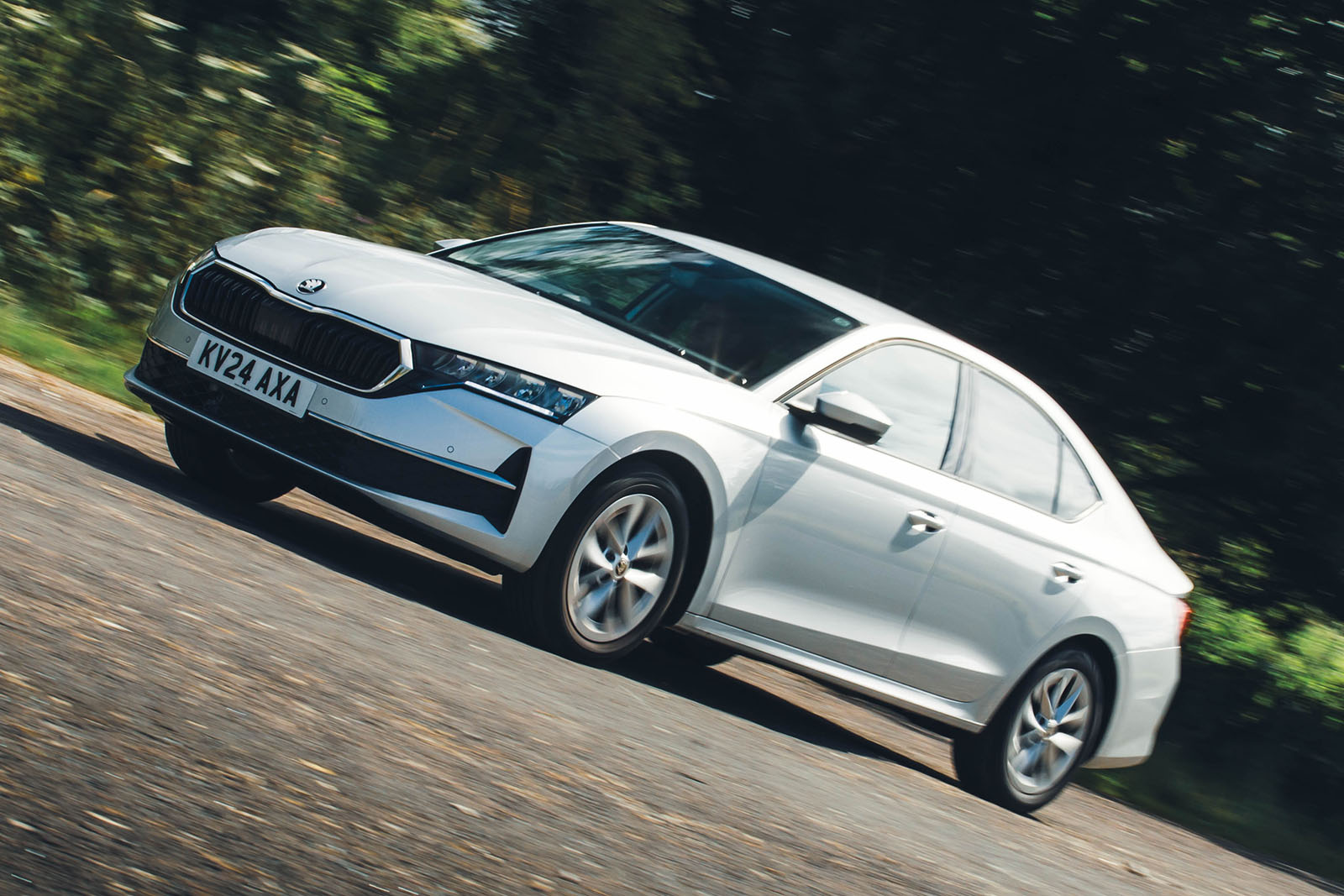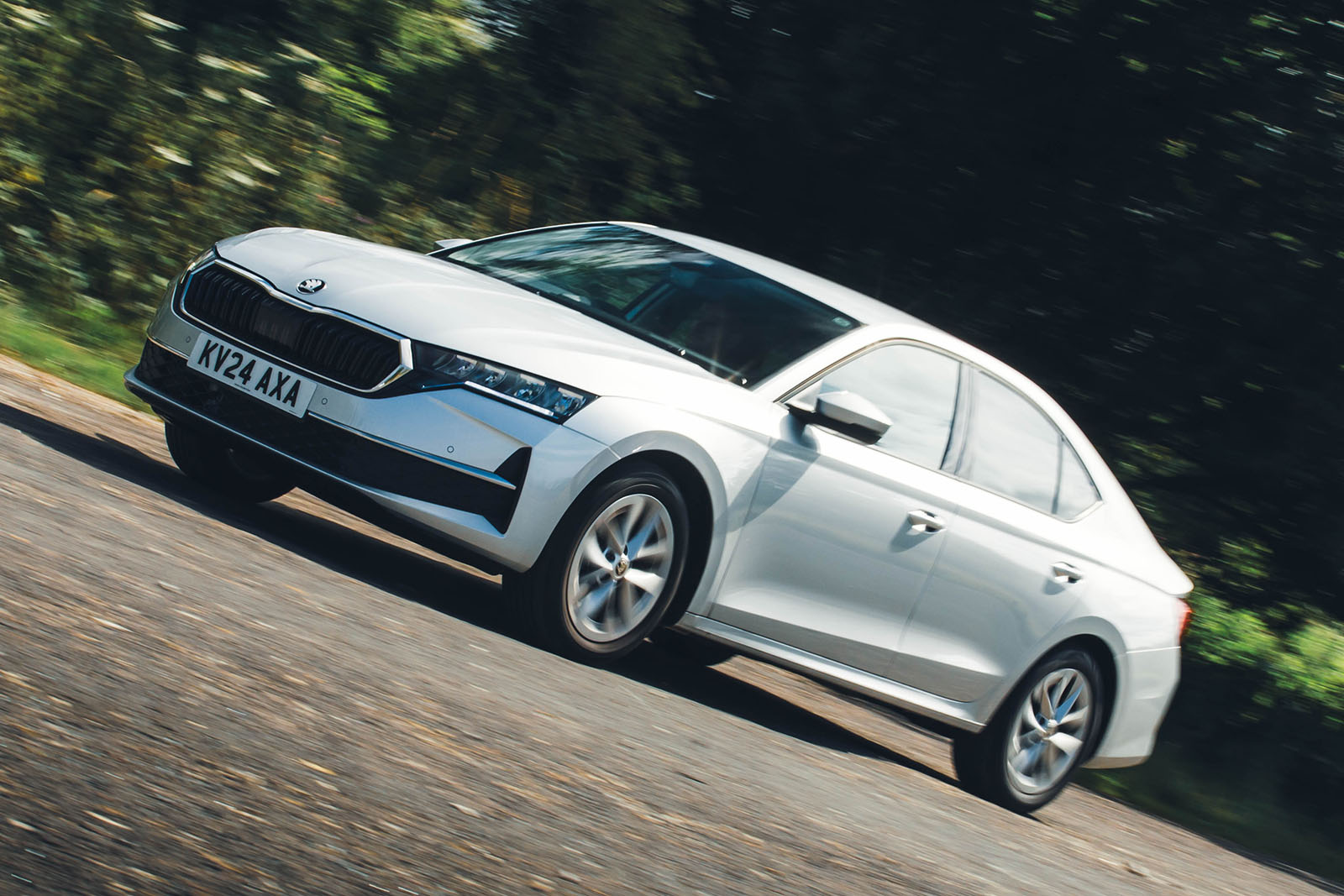The revised Octavia comes with a range of five four-cylinder engines: three petrol units and two diesels. At launch, only front-wheel-drive models will be offered, with a high-performance vRS coming later, as well as an all-wheel-drive version.
The previous entry-level three-cylinder engine that was offered with the fourth-generation Octavia has been replaced by a 114bhp 1.5-litre TSI unit, which drives through a six-speed manual gearbox. A more potent 147bhp TSI unit is also offered.
Both those powertrains are also available with a seven-speed DSG automatic gearbox that features an integrated mild-hybrid unit. While it doesn’t change the output, the mild-hybrid system can be used to boost efficiency and smooth acceleration by providing extra power and it enables engine-off coasting.
A 2.0-litre TDI diesel will continue to be offered, either as a 114bhp manual or in 148bhp tune using the mild-hybrid DSG automatic.
The vRS version will have 261bhp and 273lb ft from a 2.0-litre four-pot, which it will share with the Volkswagen Golf GTI. The 4x4 will use that engine in detuned, 201bhp form, while the diesel vRS is no longer offered.
The 114bhp petrol is pleasingly smooth and quiet, and the six-speed manual is crisp to use. That said, the unit does need to be worked somewhat to get the best out of it and it can occasionally struggle if you call for extra power at motorway speeds. It is still a pleasant and relaxing unit to drive, though, and ideal for most use cases.
The mild-hybrid 1.5, meanwhile, is a quiet and frugal unit, with the efficiency-boosting electrical assistance helping it to average 52mpg during our time with it. On longer motorway journeys and with the drive mode set to Eco, it will hit 70mpg.
While the engine alone provides enough power to keep up with other traffic, like the entry-level unit it can start to feel asthmatic in the upper reaches of the rev range.
Another gripe we have with it is that it is irritatingly slow to respond at lower speeds. Not much happens when you initially apply some throttle, but thereafter the motor delivers a burst of acceleration that causes the front wheels to spin. Not only is this embarrassing, but it also makes it very difficult to drive smoothly in traffic or a built-up area.
This issue is mostly ironed out in the diesel by its extra torque, however, and you can easily feel its power throughout the rev band. As a result, it serves as a reminder of the strengths of the fuel: unobtrusive, untroubled long-haul cruising. It’s a refined and quiet unit that's capable of making effortless progress, with near-seamless interaction between the combustion engine and the mild-hybrid system.
It’s not rapid by any stretch of the imagination and can become a bit breathless beyond 4500rpm, but it manages to deliver fairly vigorous acceleration when you load up the throttle in lower gears, thanks to its 265lb ft peak of torque at 1600rpm.
Both the petrol and diesel feature relatively tall gearing, which helps considerably when it comes to constant motorway cruising, married to the impressively smooth mechanical refinement.




